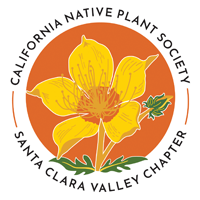California Invasive Species Action Week
What is the California ISAW about?
The Invasive Species Action Week is to promote public awareness of invasive species issues and encourage public participation in the fight against California’s invasive species and their impacts on our natural resources.
It is usually scheduled during the first week of June. Visit www.wildlife.ca.gov/Conservation/Invasives/Action-Week to find out what you can do to take action, find a volunteer program in your area, and view the schedule of events.
What can you do?
- Volunteer for invasive species removal/restoration projects.
- Find out which species threaten California. ice.ucdavis.edu/invasives
- Remove invasive plants from your property.
- Select native or non-invasive plants for your garden. www.plantright.org
- Use certified “weed-free” hay, seed, mulch, soil and gravel.
- Buy it where you burn it: Don’t spread forest pests. www.firewood.ca.gov
- Learn which invaders are in your local area.
- Monitor plants and trees for infestation symptoms.
- Share your knowledge
Report a Sighting
Have you spotted an invader? Report it!
Visit the Department of Fish and Wildlife’s Invasive Species Program web page to fill out a sighting report!


